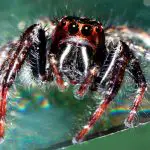Last updated on February 1st, 2023 at 10:05 am
Spiders without webs are actually incredibly common. These species employ a range of other fascinating strategies to catch prey. Keep reading to learn more…
Not all spiders build webs. In fact, it’s not even most of them that do. As of today, scientists think about half of the species described so far hunt without ever making a web. Some of the most common spiders encountered live in this way, including Wolf Spiders and Jumping Spiders.
Does every spider have a web?
Not all spiders build webs, but many do. Spiders that do build webs use their silk structures to catch prey.
About half of all species actively hunt their prey, and use their silk for other purposes, such as an egg sac or a dragline. Most spiders build one type of web or another, but not the kind of web we think of.
For example, many small spiders use their web to fly to new locations, which is a practice known as ballooning. They let out a thread of silk from their abdomens until the wind catches it and carries them away.
The webs are made of protein-based silk, which is created in their spinnerets. These spinnerets are the external extension of internal silk glands.
Spiders usually have between two and eight spinnerets, and each one is tipped with spigots that control the diameter of the emerging thread. Many spiders can release a group of spinnerets at a time, and their legs are adapted to pull on the new silk.
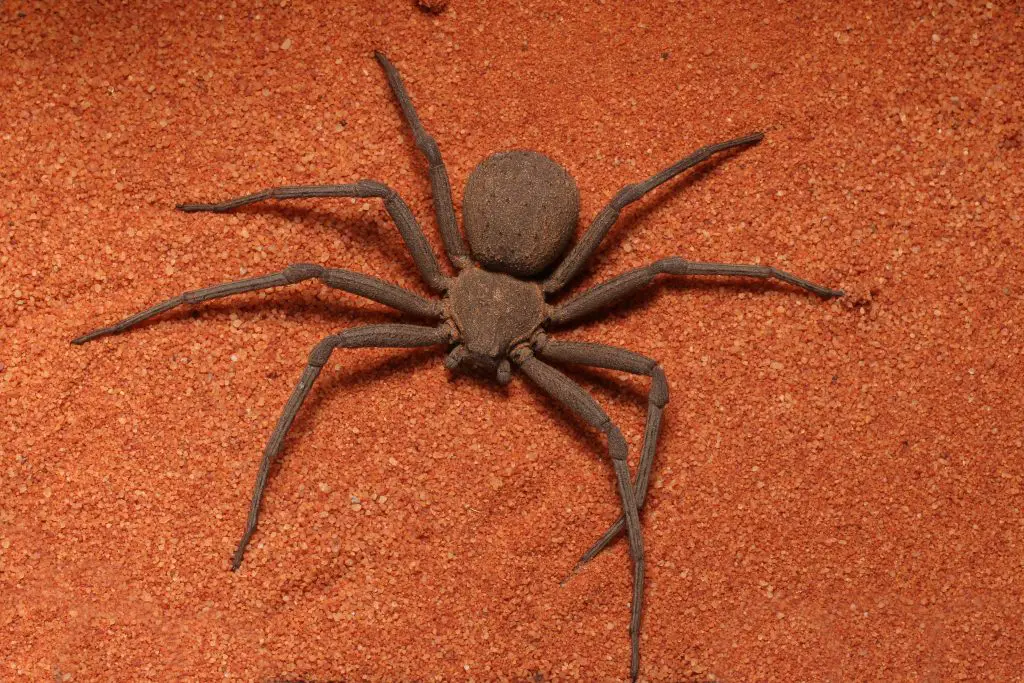
How many spiders dont make webs?
As you are now aware, at least half of all spiders don’t make webs. Nonetheless, most of them produce silk and use it for a variety of uses, including trapping prey.
Spitting spiders, for example, spit glue-like substances to trap their prey. And jumping spiders leap up onto their prey to catch them, but often secure themselves with a line of silk to prevent falling.
While you’re reading this article, you’re probably wondering, “Why don’t all spiders make webs?” The answer to that question is simple: spiders evolved to hunt differently.
Many species evolved to use their webs to catch prey, so that they could be safe and conserve energy. Because these species evolved to capture prey differently, they have their own unique genes that code for those methods.
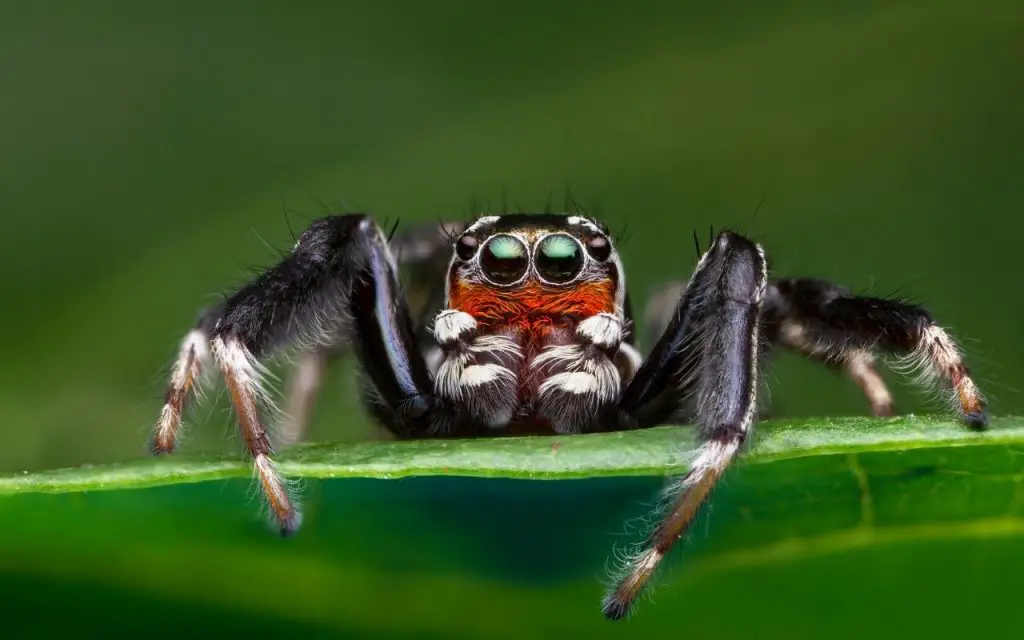
Wolf Spiders
Wolf spiders are not typically found indoors, but are often seen in and around homes – especially on surfaces like fences and patios. They look for warm areas to overwinter, such as in the basement, garage, or around house plants.
Since they do not build webs, they tend to hunt on open ground, and many of them do so at night. The female wolf spider lays eggs in an egg sac attached to a spinneret.
Young spiderlings crawl onto the mother’s back, where they can live until they’re large enough to hunt for themselves. This behavior is a good way of ensuring a higher survival rate for her young. When living without a web, it’s important to still find a way to keep the young safe.
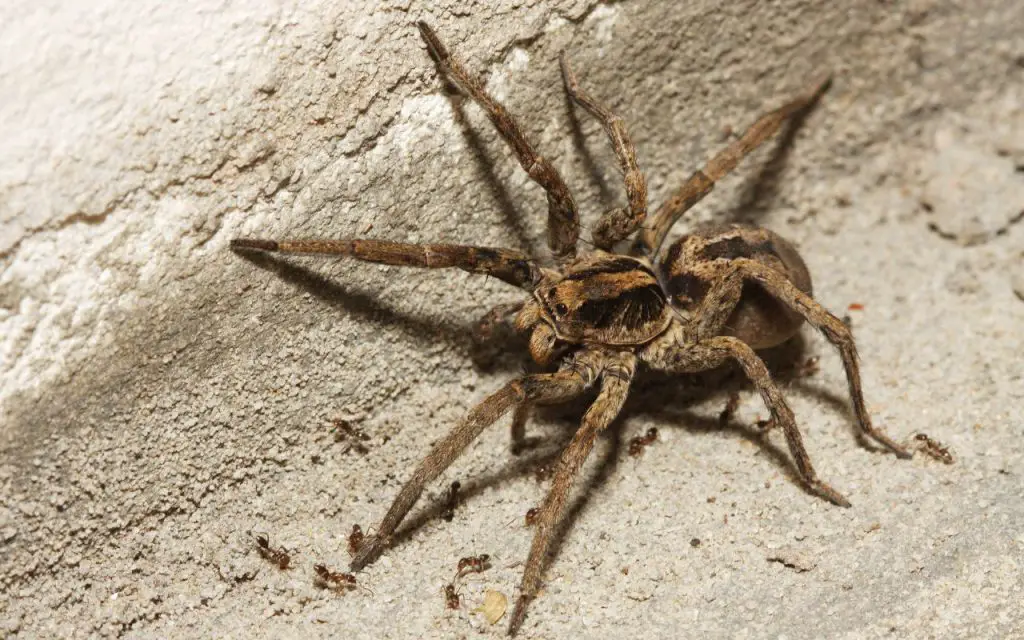
Jumping Spiders
It is hard to imagine a spider without a web, but one group has becoming incredibly successful and widespread living in this way.
Jumping spiders have four pairs of powerful eyes, the largest of which is located on the anterior median. They are also known to have a secondary pair of eyes, less developed than their primary pairs, that serve as peripheral vision.
These eyes are adapted to daytime hunting, and unlike tarantulas, give them excellent vision. They also have a pair of specialized legs, which they use to leap onto prey – no need for a web!
Jumping spiders have incredible eyesight and can recognize patterns and colors better than most other arachnids. Their central eyes are actually like tiny binoculars, with a large outer lens and a smaller inner lens that magnifies the image and projects it onto the retina. Their eyes are movable, with muscles attached directly to them, allowing them to focus on different portions of the world.
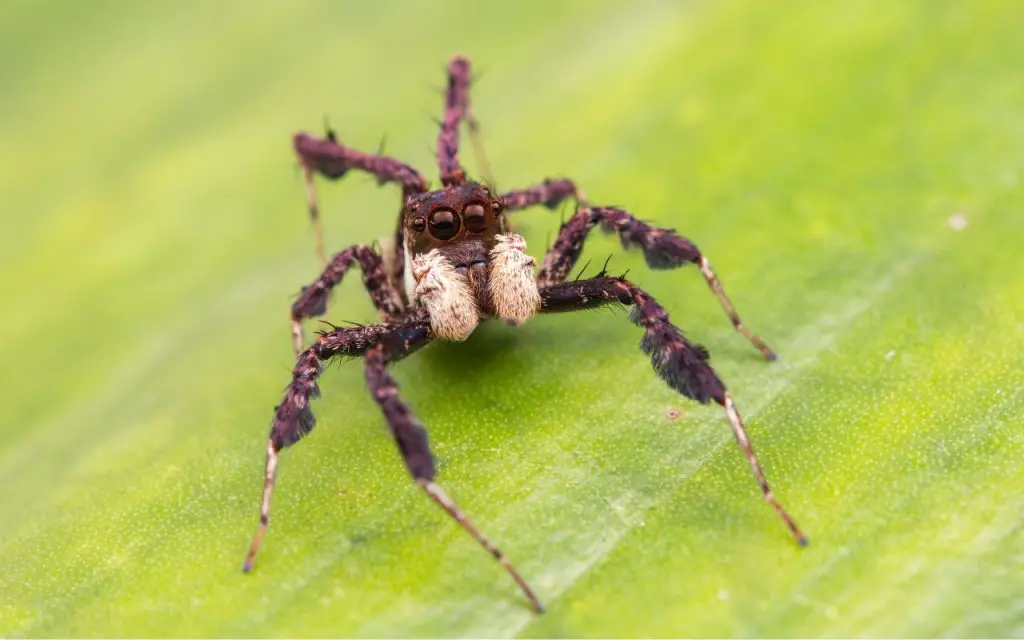
Do all spiders produce silk?
All spiders produce silk, regardless of whether they make a web or not. Spiders produce silk for a variety of uses, including but not limited to web construction. Some species of tarantulas that produce webbing do so to pick up vibrations from approaching prey, or to reinforce their burrows, for example.
Silk is made up of chains of amino acids. Glycine and alanine are among the most common ingredients in spider silk. The silk glands of different spiders produce different types of silk, but all produce silk. Silk is strong, elastic, and able to catch objects that the spiders can drop.
Some species of spiders build large, elaborate webs to catch prey, while others prefer to make small webs or none at all. Some spiders pounce on prey and then wrap their web around it, which saves energy compared to building a huge web.
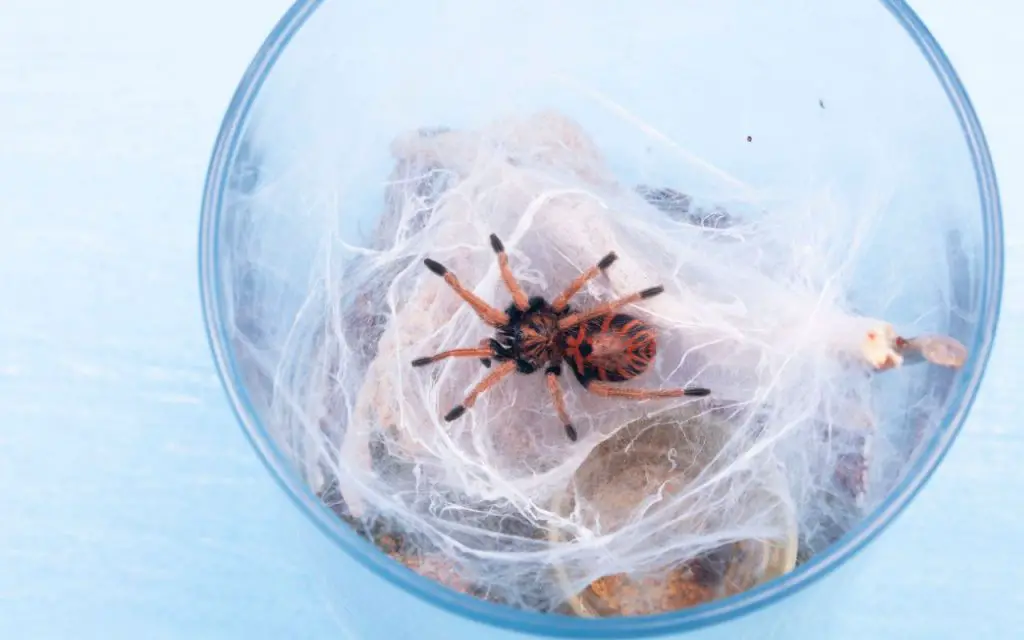
FAQ Related do spiders without web:
How do spiders catch their prey without a web?
Some spiders may prefer not to catch their prey without a web, but this does not mean the whole group of arachnids is incapable of doing so. In fact, some behaviors take up more energy than others, and web-building happens to be one that takes up a lot. Some spiders do just as well without building a web every day.
For example, spinning silk requires a high amount energy to accomplish, while setting traps or chasing prey does not.
Many species of spiders do not use webs to catch their prey. Wolf spiders and trapdoor spiders do not use webs, instead the chase or ambush prey, respectively.
Net-casting spiders weave a tiny net attached to their front legs, then put it over bugs that walk below them whilst perched above. The prey entangle themselves in the net and get dispatched by the spider’s bite. This still requires less energetically costly silk than a whole web, though.
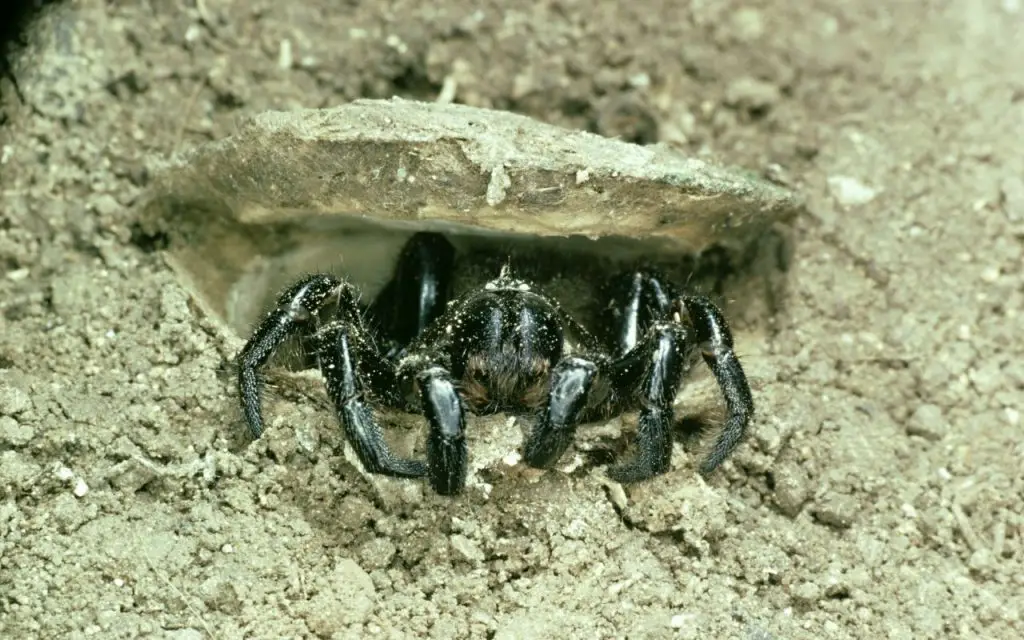
Are all spiders hunters?
Spiders can be classified as either active or passive hunters – but they are all hunters. Active hunters actively hunt prey, using sight and agility. Wolf spiders, for example, are large, hairy hunters that hunt by covering ground and spotting prey on the move.
Passive hunters include Orb Weavers and other classic web-builders, Trapdoor Spiders and Tarantulas. These spiders either wait for their web to do the work, or for a bug to stroll by so that they can ambush it.
Do spiders build webs every night?
Many spiders build new webs every night, usually in exactly the same location. Others tear down old ones and eat their silk. While some spiders sit in their webs only during the day, others occupy it at night instead. Spiders also use different kinds of silk to build webs. Some spiders can produce four different kinds of silk.
Each silk type contains a different component. These different types of silk allow spiders to create silk strands that are more less sticky or strong, each serving a different structural purpose.






